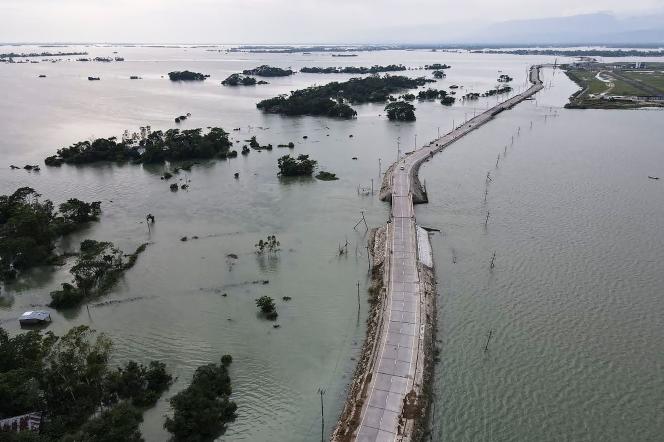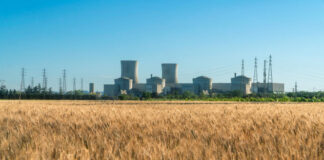Northeastern Bangladesh is suffering the worst flooding the territory has seen in almost two decades. Several million people are affected by the disaster, announced the United Nations, Monday, May 23.
Torrential rains and an influx of water upstream in northeast India have swelled river courses in Bangladesh. The two main border rivers, the Surma and the Kushiara, broke the levees and flooded hundreds of villages. According to the Bangladeshi government, the floods, which began last week, submerged 70% of Sylhet district and 60% of Sunamganj district. They caused the death of at least ten people, while two million inhabitants found themselves isolated.
Arifuzzaman Bhuiyan, the head of the National Flood Forecasting and Warning Center, said the two rivers had reached their highest level since they began to be measured in the 1970s. one of the worst floods in the history of the northeast of the country,” he said.
The United Nations Children’s Fund (UNICEF) provided an even more alarming toll, with “more than four million people” affected by the floods in five districts of northeast Bangladesh. “In this disaster, as is most of the time, children are the most vulnerable,” said Sheldon Yett, UNICEF’s representative in Bangladesh.
Prevent the appearance of diseases
All schools and higher education institutions have been closed in the region. At least 350 schools have been turned into shelters in which more than 8,500 people have taken refuge, often with their livestock.
According to Netai De Sarker, a senior official managing the crisis, the situation is improving, however: water is beginning to recede from some areas in the north, although 1.23 million people were still stranded by the floods on Monday. The government sent 140 medical teams to treat those affected and try to prevent the outbreak of waterborne diseases.
Flooding is a recurring threat to millions of people in Bangladesh, much of the country very low above sea level, and in neighboring northeast India. According to many experts, climate change is increasing the frequency, violence and unpredictability of such weather events.














